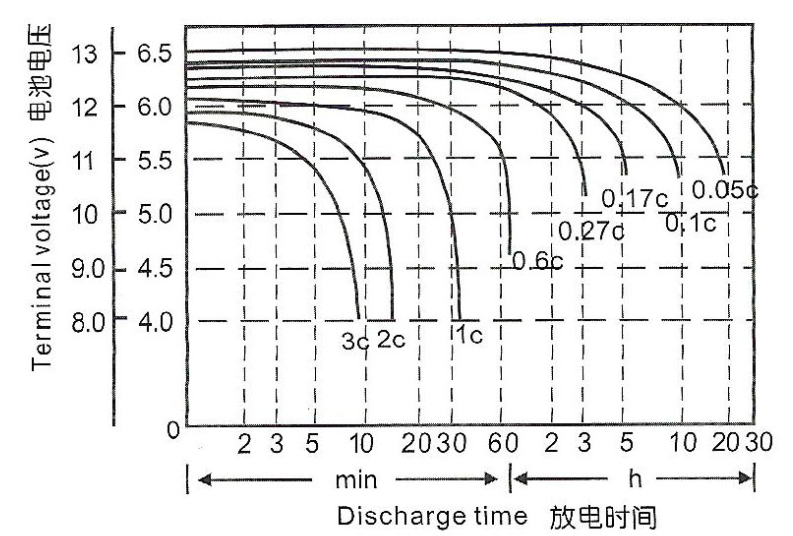Introduction
We understand the importance of having accurate and reliable information about lithium iron phosphate (LiFePO4) batteries and their voltage characteristics. In this comprehensive guide, we aim to provide you with detailed insights into LiFePO4 battery voltages across various systems, including 3.2V, 12V, 24V, and 48V. Our goal is to equip you with the knowledge necessary to make informed decisions when it comes to utilizing and optimizing LiFePO4 batteries in your applications.
Understanding LiFePO4 Batteries
LiFePO4 batteries have gained significant popularity in recent years due to their numerous advantages over traditional lead-acid batteries. These advantages include higher energy density, longer lifespan, improved safety, and a more environmentally friendly composition. To harness the full potential of LiFePO4 batteries, it is essential to have a clear understanding of their voltage characteristics.
Voltage Characteristics of LiFePO4 Batteries
1. LiFePO4 Battery Voltage Basics
LiFePO4 batteries operate within a specific voltage range, which varies depending on the state of charge (SoC) and the number of cells connected in series. It is crucial to monitor and maintain the voltage within the recommended range to ensure optimal performance and longevity of the battery system.
2. 3.2V LiFePO4 Batteries
3.2V LiFePO4 batteries are commonly used in a variety of applications, including solar energy storage, electric vehicles, marine systems, and off-grid power solutions. These batteries typically consist of a single cell and offer a nominal voltage of 3.2 volts.
Voltage Range for 3.2V LiFePO4 Batteries
- Fully Charged: Approximately 3.6-3.8V
- Recommended Operating Range: 3.2-3.6V
- Discharged: Below 2.5V
3. 12V LiFePO4 Batteries
For applications requiring higher voltage, multiple LiFePO4 cells can be connected in series to create a 12V battery system. These systems are commonly used in recreational vehicles (RVs), boats, and other mobile power applications.
Voltage Range for 12V LiFePO4 Batteries
- Fully Charged: Approximately 14.4-14.6V
- Recommended Operating Range: 12.8-14.4V
- Discharged: Below 10V
4. 24V LiFePO4 Batteries
When even higher voltages are required, LiFePO4 cells can be connected in series and parallel to form a 24V battery system. These systems find applications in larger-scale energy storage, such as residential and commercial solar installations.
Voltage Range for 24V LiFePO4 Batteries
- Fully Charged: Approximately 28.8-29.2V
- Recommended Operating Range: 25.6-28.8V
- Discharged: Below 20V
5. 48V LiFePO4 Batteries
For applications demanding even higher voltage levels, LiFePO4 cells can be combined to create 48V battery systems. These systems are often used in grid-tied energy storage, data centers, and industrial applications.
Voltage Range for 48V LiFePO4 Batteries
- Fully Charged: Approximately 57.6-58.4V
- Recommended Operating Range: 51.2-57.6V
- Discharged: Below 40V
Conclusion
Having a comprehensive understanding of LiFePO4 battery voltages across various systems is crucial for maximizing their performance and ensuring longevity. In this guide, we have provided you with valuable insights into the voltage characteristics of 3.2V, 12V, 24V, and 48V LiFePO4 batteries. By adhering to the recommended voltage ranges, you can optimize the utilization of LiFePO4 batteries in your specific applications.
